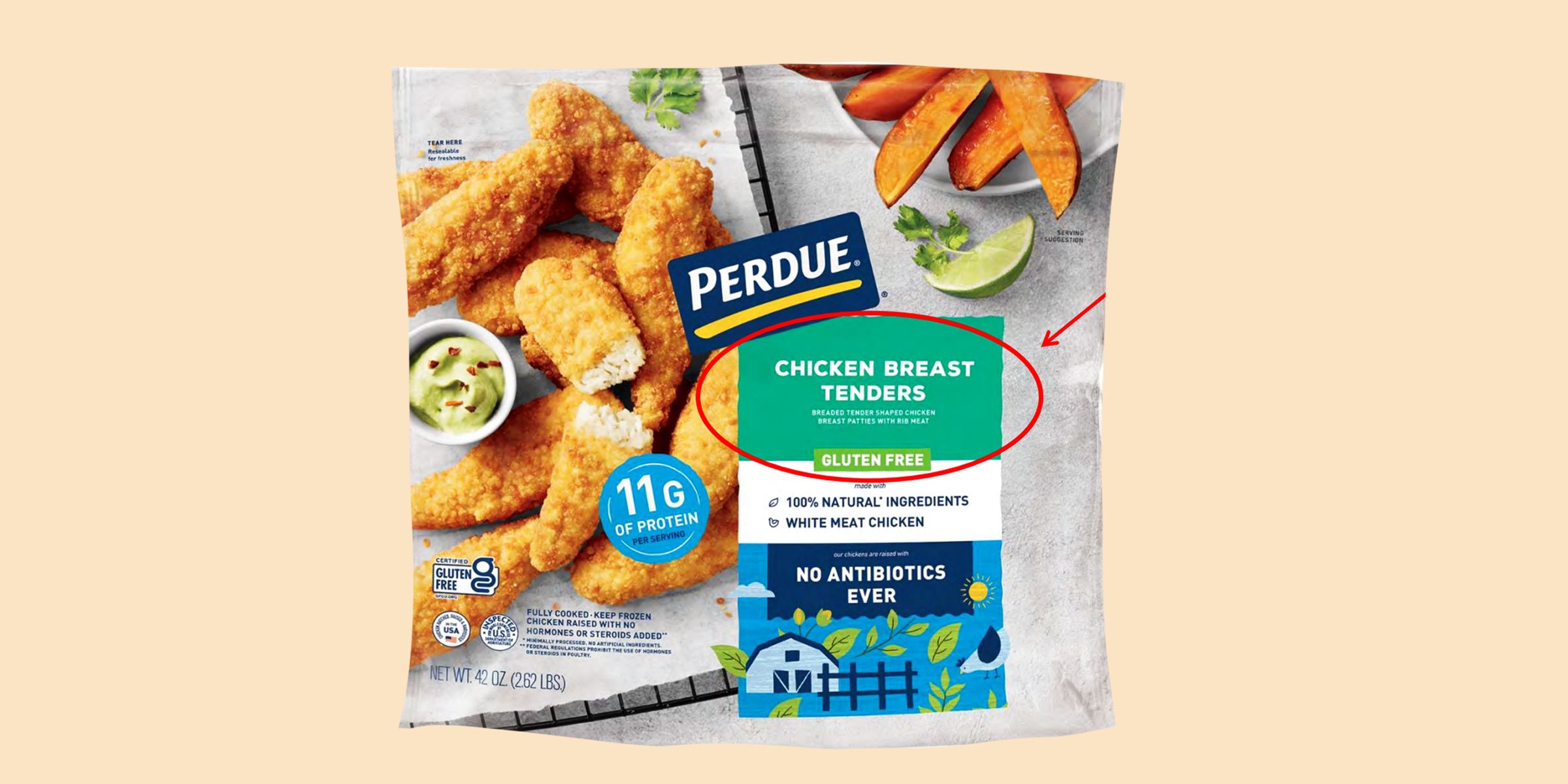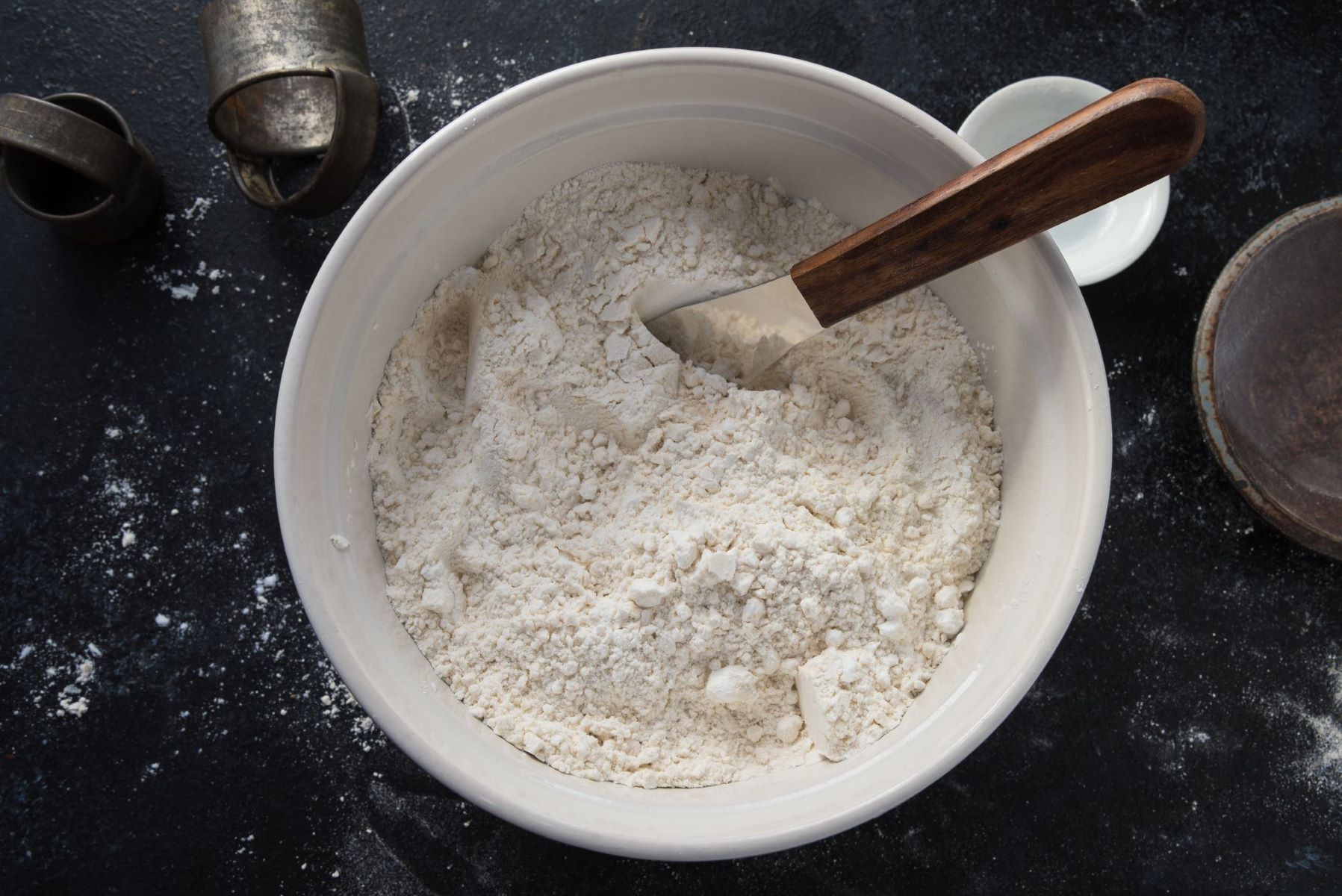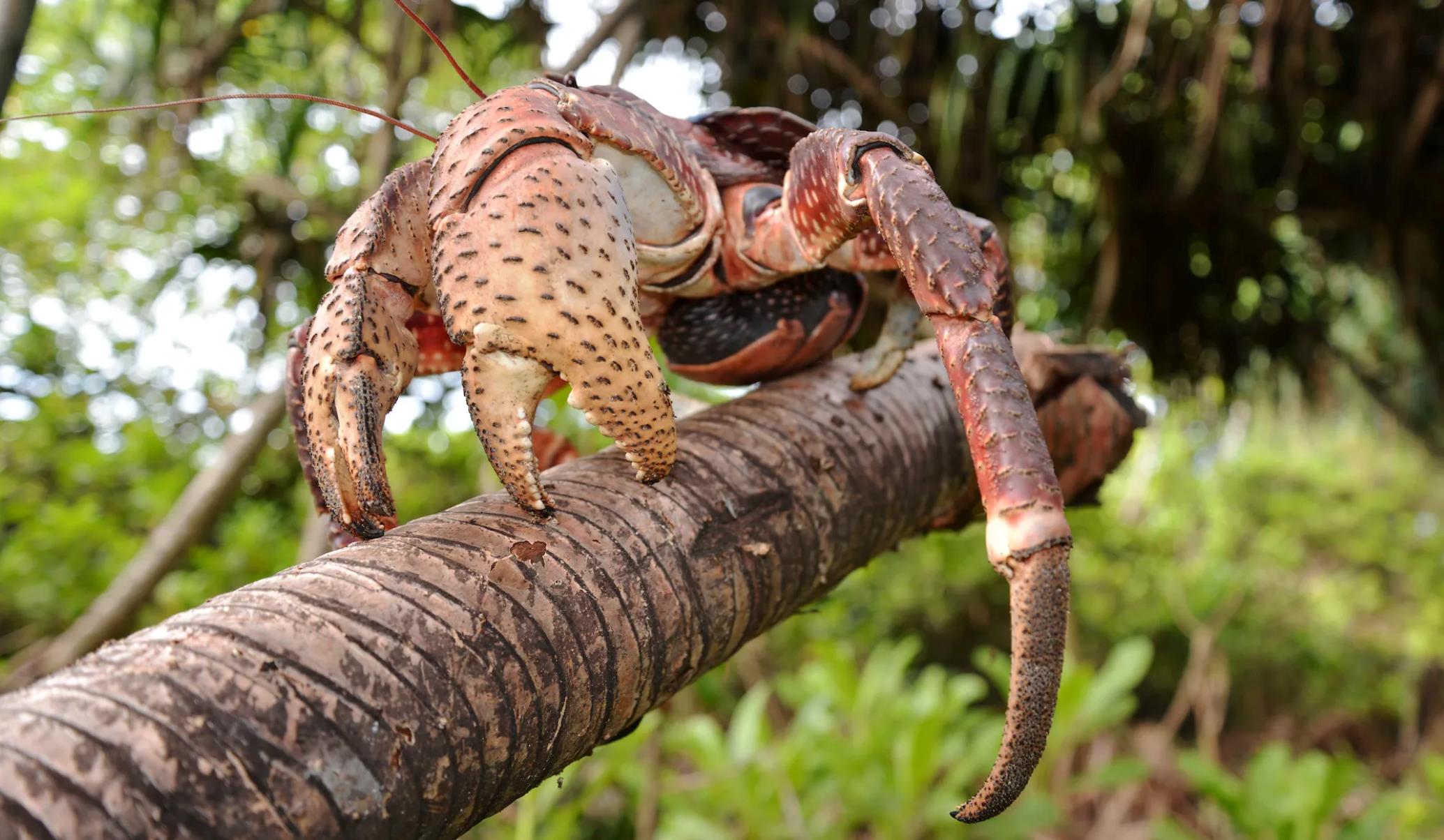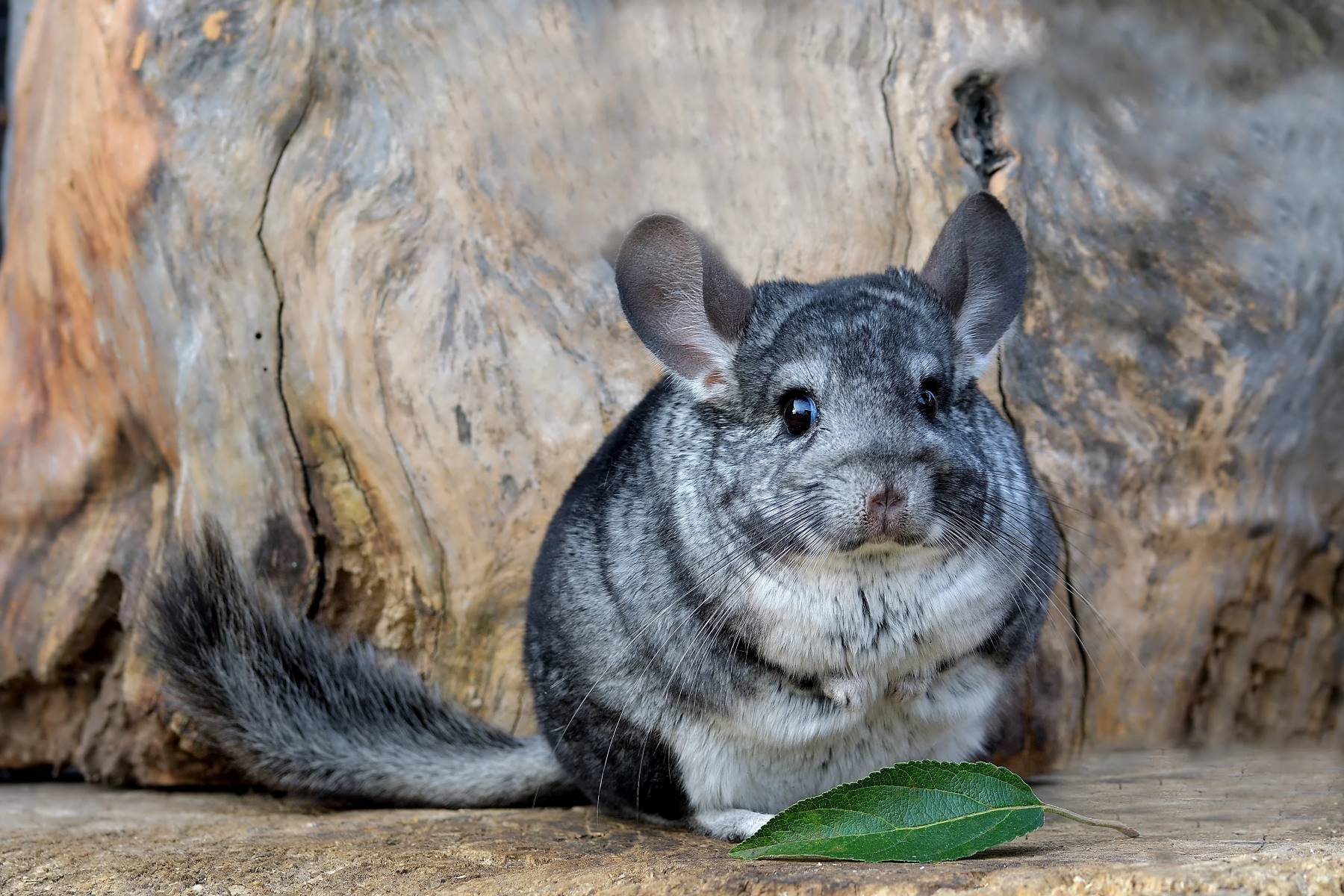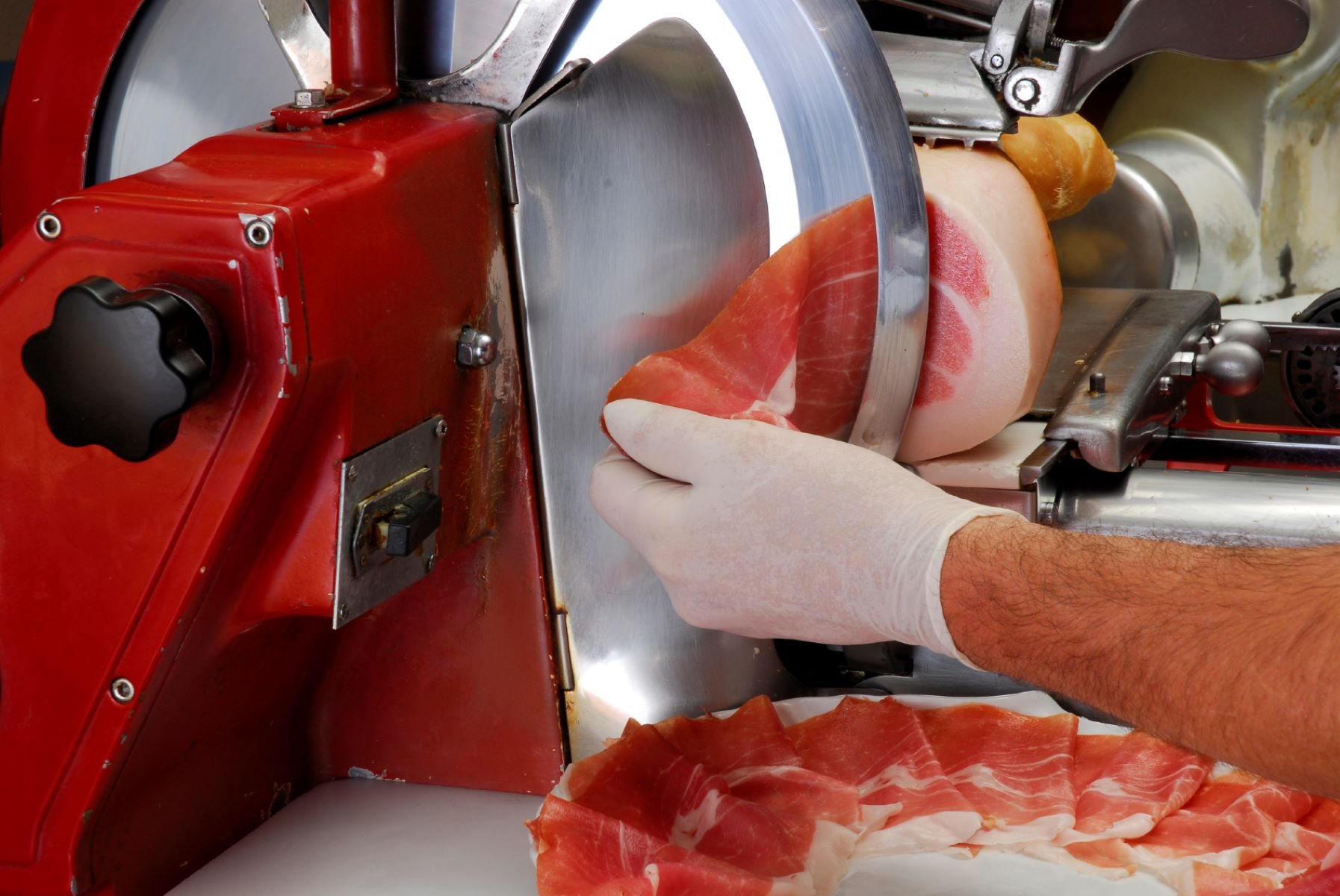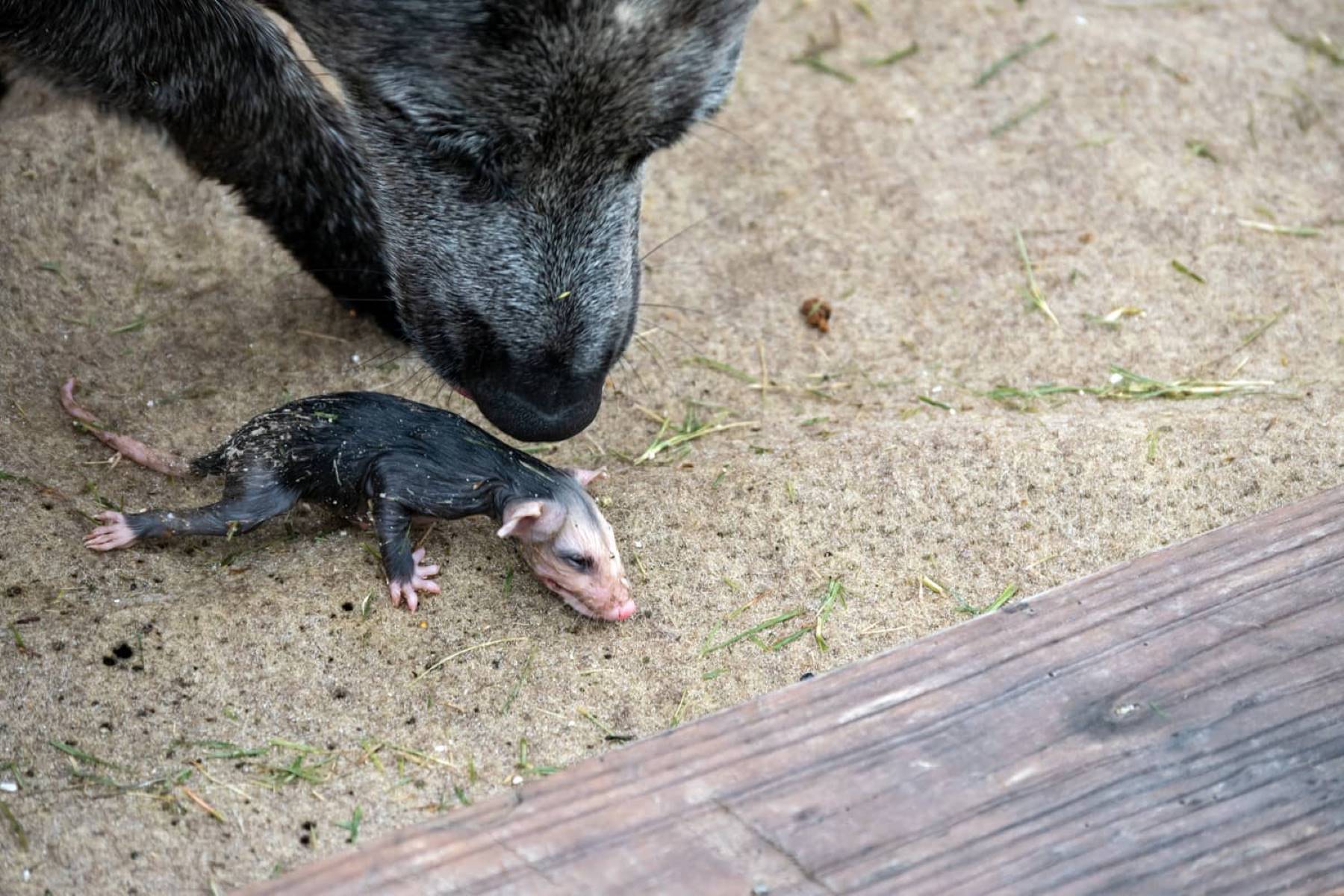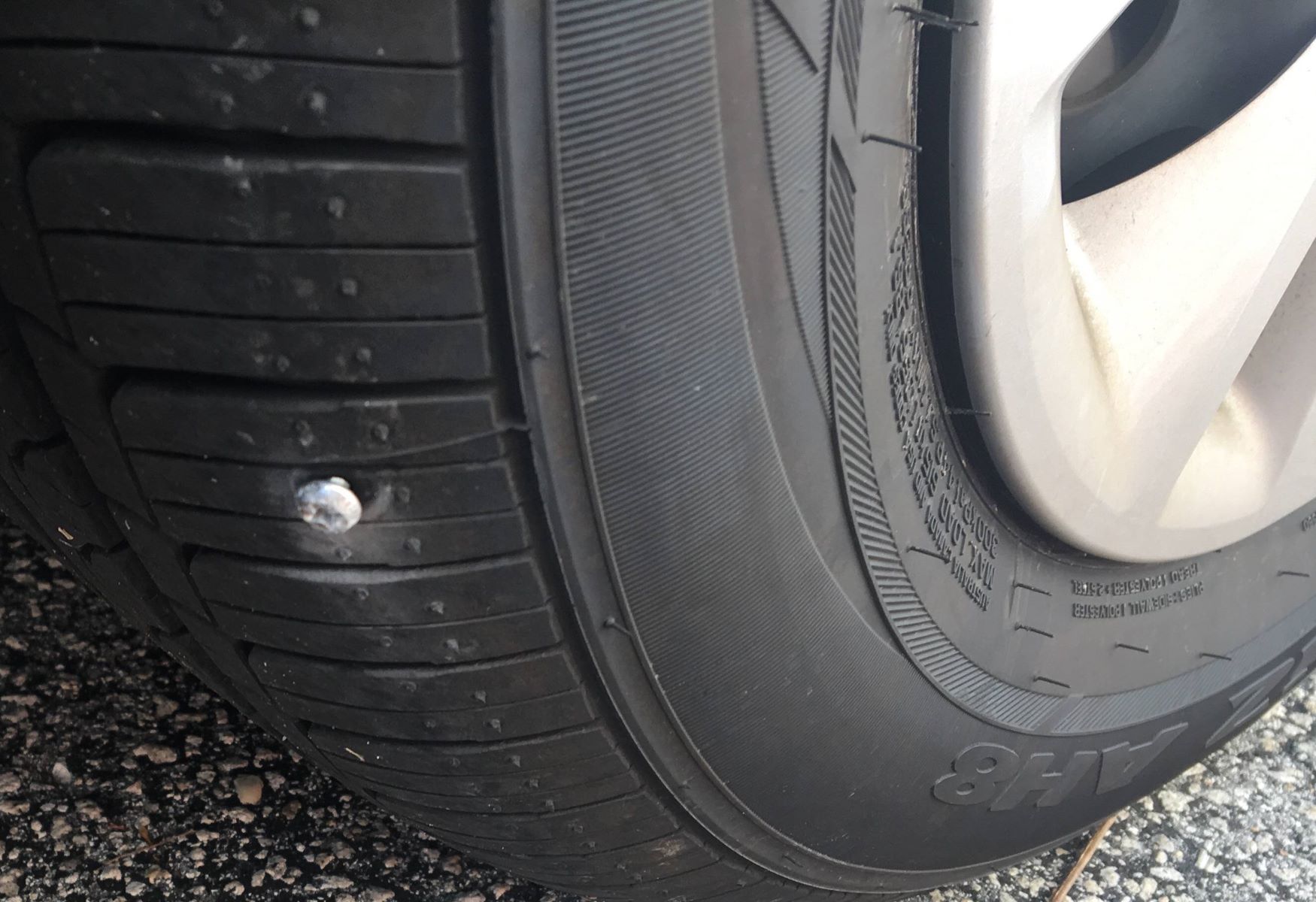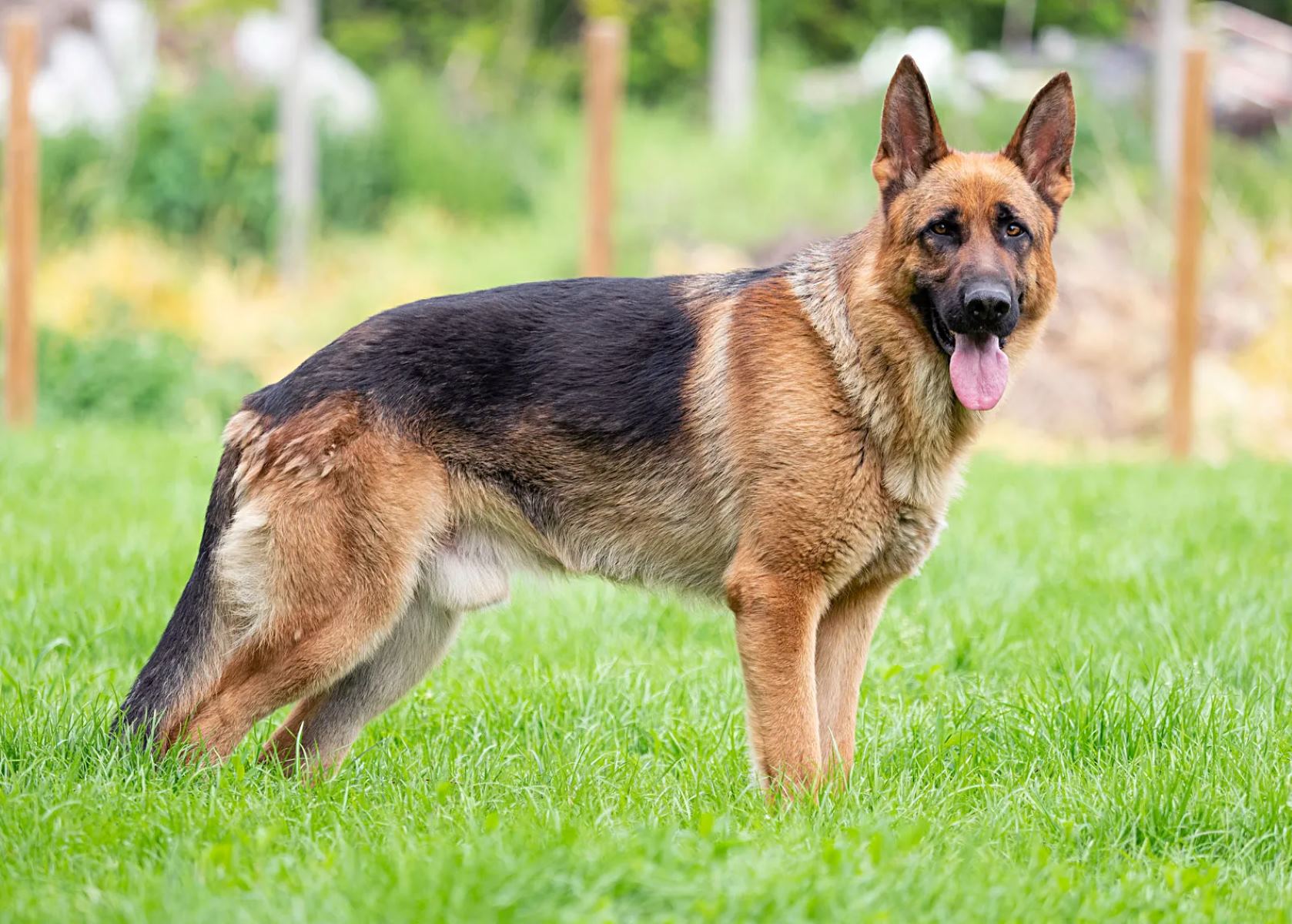Home>Health and Wellness>Dog Devours Corn Cob: Should You Panic Or Stay Calm?
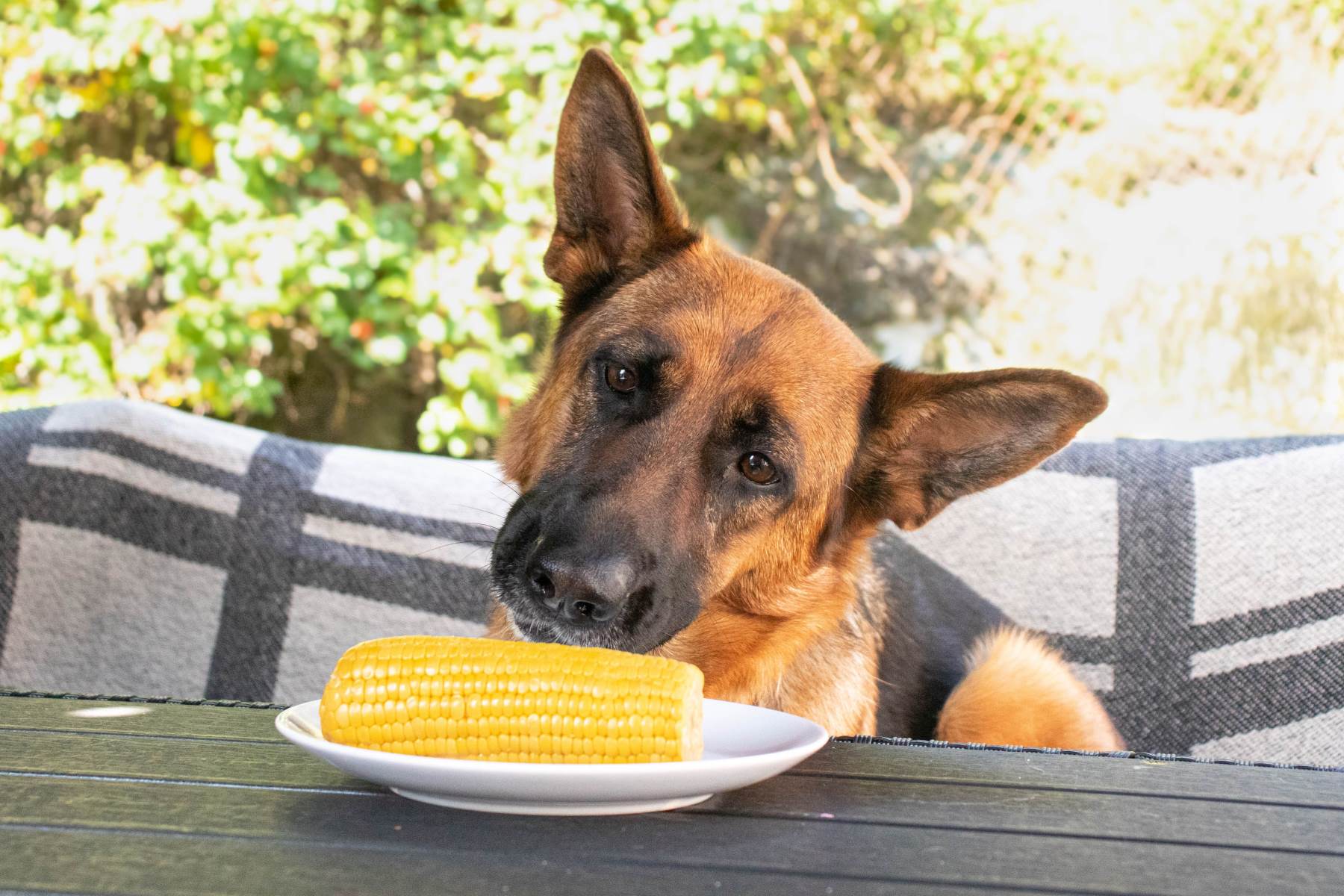

Health and Wellness
Dog Devours Corn Cob: Should You Panic Or Stay Calm?
Published: February 13, 2024
Learn how to handle a dog eating a corn cob without panicking. Get expert advice on pet health and wellness to keep your furry friend safe and healthy.
(Many of the links in this article redirect to a specific reviewed product. Your purchase of these products through affiliate links helps to generate commission for Regretless.com, at no extra cost. Learn more)
Table of Contents
Introduction
Dog owners often find themselves facing unexpected and concerning situations, such as their furry companions devouring unexpected items. One such scenario that can cause alarm is when a dog devours a corn cob. This seemingly harmless object can lead to serious health issues for dogs, prompting pet owners to wonder whether they should panic or remain calm in such a situation.
The ingestion of a corn cob by a dog can pose significant risks to their health and well-being. As a responsible pet owner, it's crucial to understand the potential dangers associated with this occurrence, recognize the symptoms of corn cob ingestion, and know the appropriate steps to take in response. Additionally, implementing preventive measures to avoid such incidents in the future is essential for safeguarding the health of our beloved canine companions.
In this comprehensive guide, we will delve into the potential hazards of corn cob ingestion for dogs, explore the symptoms that may manifest as a result, outline the necessary actions to take if your dog eats a corn cob, and provide valuable insights into preventing such incidents from occurring. By equipping yourself with this knowledge, you can effectively navigate this challenging situation and prioritize the well-being of your canine friend.
With a deeper understanding of the risks associated with corn cob consumption by dogs and the proactive measures that can be taken, you will be better prepared to handle this issue with confidence and composure. Let's embark on this enlightening journey to empower ourselves as responsible and caring dog owners, ensuring the safety and health of our cherished four-legged companions.
Understanding the Dangers
The ingestion of a corn cob by a dog poses significant dangers to their health and well-being. Corn cobs, although seemingly innocuous, can lead to potentially life-threatening complications when consumed by dogs. The fibrous nature of corn cobs makes them indigestible and prone to causing intestinal blockages, a condition that necessitates immediate veterinary intervention.
When a dog ingests a corn cob, the risk of an intestinal blockage arises due to the inability of the digestive system to break down and pass the foreign object. This can lead to a range of severe complications, including gastrointestinal distress, abdominal pain, vomiting, diarrhea, and in some cases, perforation of the intestines. These complications not only cause distress to the dog but also require intensive medical treatment to address.
Furthermore, the shape and size of a corn cob can exacerbate the risks associated with ingestion. Its cylindrical shape and potential for splintering can further impede the passage through the digestive tract, leading to obstructions and potential damage to the delicate intestinal lining.
In addition to the physical dangers posed by the ingestion of a corn cob, there is also the risk of choking and airway obstruction. If a dog attempts to swallow a large piece of the cob, it can become lodged in the throat, resulting in choking and respiratory distress. This poses an immediate and life-threatening emergency that requires prompt action to dislodge the obstructing object and ensure the dog's airway remains unobstructed.
Understanding these inherent dangers associated with dogs consuming corn cobs underscores the critical importance of taking preventive measures to avoid such incidents. By being aware of the potential risks, dog owners can remain vigilant and proactive in safeguarding their pets from encountering these hazardous situations.
The next section will explore the symptoms that may manifest as a result of corn cob ingestion, providing valuable insights into recognizing potential signs of distress in dogs following the consumption of this foreign object.
Symptoms of Corn Cob Ingestion
The ingestion of a corn cob by a dog can give rise to a spectrum of distressing symptoms that warrant immediate attention. Recognizing these symptoms is crucial for identifying potential complications and seeking timely veterinary care.
One of the primary indicators of corn cob ingestion is gastrointestinal distress. Dogs may exhibit symptoms such as abdominal pain, discomfort, and restlessness. Persistent vomiting and retching, often accompanied by an inability to keep food down, can signal the presence of a foreign object in the digestive tract. Additionally, diarrhea, which may contain blood or appear dark and tarry, can indicate intestinal irritation or blockage caused by the ingested corn cob.
Another concerning symptom is a loss of appetite or reluctance to eat. Dogs that have ingested a corn cob may display a sudden disinterest in food, even if they typically have a hearty appetite. This aversion to eating can be a red flag for underlying digestive issues and should prompt further investigation.
Changes in behavior and activity levels can also manifest as a result of corn cob ingestion. Dogs may appear lethargic, weak, or unwilling to engage in their usual activities. They may exhibit signs of discomfort, such as hunching over, pacing, or exhibiting restlessness due to the discomfort caused by the presence of the foreign object in their gastrointestinal tract.
Furthermore, abdominal tenderness and bloating can be observed in dogs suffering from an intestinal blockage due to corn cob ingestion. The abdomen may feel firm to the touch, and dogs may express discomfort when their abdominal area is palpated. Bloating can occur as a result of the trapped gas and fluid in the digestive system, contributing to the overall discomfort experienced by the affected dog.
In severe cases, dogs may display symptoms of systemic illness, such as fever, dehydration, and weakness. These systemic symptoms can indicate a more advanced stage of complications resulting from the ingestion of a corn cob, necessitating immediate veterinary intervention to address the underlying issues and provide essential supportive care.
By remaining vigilant and attentive to these symptoms, dog owners can promptly recognize the potential consequences of corn cob ingestion and take the necessary steps to ensure the well-being of their beloved pets.
Steps to Take If Your Dog Eats a Corn Cob
-
Assess the Situation: Upon discovering that your dog has eaten a corn cob, it's crucial to remain calm and assess the situation. Take note of any visible symptoms or distress your dog may be exhibiting. This initial assessment will help you gauge the severity of the situation and determine the appropriate course of action.
-
Contact Your Veterinarian: Immediately reach out to your veterinarian to seek guidance on the next steps. Describe the circumstances of the corn cob ingestion and provide details about your dog's breed, size, and any preexisting health conditions. Your veterinarian can offer valuable insights and may recommend bringing your dog in for a thorough examination.
-
Refrain from Inducing Vomiting: Unlike some instances of foreign object ingestion, attempting to induce vomiting in a dog that has eaten a corn cob can exacerbate the situation. The fibrous nature of the corn cob can pose a choking hazard and cause further complications if regurgitated. It's essential to follow your veterinarian's advice regarding vomiting in this specific scenario.
-
Monitor Your Dog Closely: Keep a close watch on your dog for any changes in behavior, symptoms of distress, or signs of discomfort. Monitoring their appetite, bowel movements, and overall demeanor can provide valuable insights into the progression of potential complications resulting from the corn cob ingestion.
-
Seek Veterinary Evaluation: Arrange for a prompt veterinary evaluation to assess your dog's condition thoroughly. Your veterinarian will conduct a physical examination, possibly perform diagnostic tests such as X-rays or ultrasounds, and devise a tailored treatment plan based on the severity of the situation. Timely intervention is crucial in addressing any gastrointestinal obstructions or related issues.
-
Follow Treatment Recommendations: Upon receiving a diagnosis and treatment plan from your veterinarian, adhere to their recommendations diligently. This may involve hospitalization for observation, supportive care to alleviate discomfort, or surgical intervention in cases of severe blockages. Compliance with the prescribed treatment regimen is essential for the well-being and recovery of your dog.
-
Implement Preventive Measures: After addressing the immediate concerns related to the corn cob ingestion, take proactive measures to prevent similar incidents in the future. Safeguard your living spaces by ensuring that corn cobs and other hazardous items are inaccessible to your dog. Additionally, consider behavioral training and supervision to minimize the risk of ingestion of foreign objects.
By following these comprehensive steps and prioritizing the well-being of your dog, you can navigate the challenging situation of corn cob ingestion with attentiveness and care. Remain proactive in seeking veterinary guidance and take decisive actions to safeguard your dog's health in the face of unexpected emergencies.
Preventing Corn Cob Ingestion
Preventing corn cob ingestion is paramount in ensuring the safety and well-being of dogs. Implementing proactive measures to minimize the risk of dogs consuming corn cobs can significantly reduce the likelihood of encountering potentially hazardous situations. By incorporating the following strategies into your pet care routine, you can create a safer environment for your canine companion and mitigate the risks associated with corn cob ingestion.
1. Proper Food Disposal
Dispose of corn cobs and other food scraps in a secure manner that prevents access by curious dogs. When discarding corn cobs, ensure they are placed in sealed containers or disposed of in a manner that prevents dogs from gaining access to them. By securing food waste, you can minimize the likelihood of dogs encountering and consuming corn cobs.
2. Supervision During Outdoor Activities
When spending time outdoors with your dog, especially in areas where corn may be present, such as picnics or agricultural settings, maintain vigilant supervision. Keep a watchful eye on your dog to prevent them from scavenging and consuming corn cobs or other potentially harmful items. Engaging in interactive play and providing stimulating activities can help redirect your dog's attention away from potential hazards.
3. Behavioral Training
Incorporate behavioral training to instill good habits and discourage inappropriate scavenging behavior. Training your dog to respond to commands such as "leave it" and "drop it" can be invaluable in preventing them from approaching and consuming foreign objects, including corn cobs. Consistent reinforcement of these commands during walks and outdoor activities can help deter dogs from investigating and ingesting hazardous items.
4. Pet-Proofing Living Spaces
Evaluate your living spaces to identify and mitigate potential hazards. Store corn cobs, as well as other food items and hazardous objects, in secure cabinets or areas that are inaccessible to your dog. Implementing pet gates and barriers can restrict access to areas where corn cobs may be present, such as kitchens and outdoor storage spaces.
5. Alternative Chew Toys and Treats
Provide your dog with a variety of safe and engaging chew toys and treats to satisfy their natural urge to chew and explore. Offering suitable alternatives to corn cobs can divert your dog's attention and fulfill their chewing needs, reducing the likelihood of them seeking out inappropriate items to gnaw on.
By integrating these preventive measures into your daily routine and environment, you can create a safer and more secure setting for your dog, minimizing the risk of corn cob ingestion and its associated dangers. Proactive pet care and responsible ownership play pivotal roles in safeguarding dogs from potential hazards, ensuring their well-being and fostering a harmonious and nurturing bond between pets and their owners.
Conclusion
In conclusion, the ingestion of a corn cob by a dog can pose significant risks to their health and well-being, necessitating proactive measures and informed actions from pet owners. Understanding the inherent dangers associated with corn cob consumption, including the potential for intestinal blockages, choking hazards, and gastrointestinal distress, underscores the importance of preventive strategies and prompt responses in the event of an ingestion incident.
By recognizing the symptoms of distress that may manifest following corn cob ingestion, such as abdominal pain, vomiting, loss of appetite, and changes in behavior, dog owners can remain vigilant and attentive to their pet's well-being. Timely identification of these symptoms can prompt swift action and the seeking of veterinary care, ensuring the early detection and management of potential complications.
In the event of a corn cob ingestion, it is imperative for dog owners to assess the situation calmly, seek veterinary guidance, and refrain from inducing vomiting without professional advice. Monitoring the dog closely and promptly arranging a veterinary evaluation are crucial steps in addressing the situation effectively and prioritizing the dog's health and recovery.
Furthermore, the implementation of preventive measures, such as proper food disposal, supervision during outdoor activities, behavioral training, pet-proofing living spaces, and providing alternative chew toys and treats, can significantly reduce the risk of dogs encountering and consuming corn cobs. These proactive strategies create a safer environment for dogs, mitigating the potential for ingestion-related emergencies and fostering a harmonious and nurturing bond between pets and their owners.
By equipping themselves with the knowledge and insights presented in this guide, dog owners can navigate the challenges associated with corn cob ingestion with confidence and care. The well-being of canine companions is paramount, and by remaining proactive, attentive, and responsive, pet owners can safeguard their beloved dogs from the potential hazards posed by ingesting corn cobs.
In essence, the safety and health of dogs are deeply intertwined with responsible pet ownership, informed decision-making, and a commitment to creating secure and nurturing environments. By prioritizing these principles, dog owners can ensure that their furry companions thrive in a safe and enriching setting, free from the risks associated with corn cob ingestion and other potential hazards.

